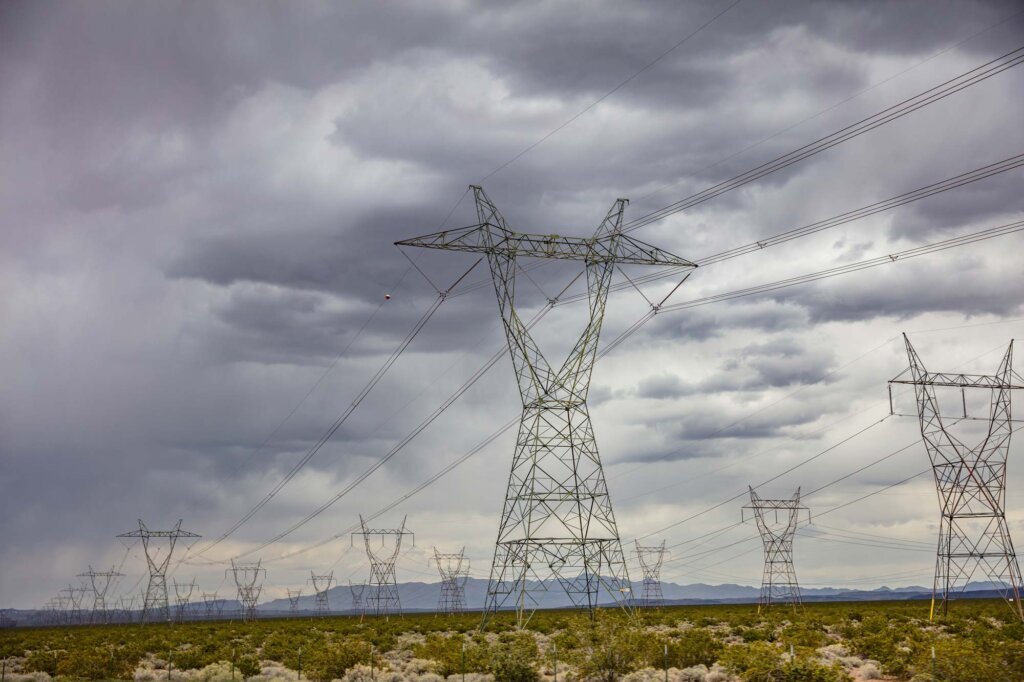
On August 27, 2024, NERC and the Regional Entities reached a major milestone in the Interregional Transfer Capability Study (ITCS) project by publishing the second in a series of three draft documents that will be merged into a final Transfer Capability Analysis.
The goal of the (ITCS is to identify locations between Transmission Planning Regions where enhanced transfer capability would strengthen the grid’s reliability and resilience. As the United States and Canada share an interconnected bulk power system, NERC deemed that a Canadian analysis would be necessary to provide a more complete review of transmission capability. MRO will perform a portion of the Canadian analysis because of the two Canadian provinces (Manitoba and Saskatchewan) in the MRO region.
The ITCS project consists of three parts:
- Transfer Capability Analysis (Part 1): Evaluates the total transfer capability between neighboring Transmission Planning Regions and provides valuable inputs for Part 2.
- Prudent Additions (Part 2) and Recommendations (Part 3): Identifies “prudent additions” to transfer capability between neighboring areas and the recommendations to meet and maintain transfer capability.
- Canadian Analysis: Evaluates transfer capabilities from the United States to Canada and between Canadian provinces.
The Transfer Capability Analysis (Part 1) provides current total transfer capability between pairs of neighboring Transmission Planning Regions across the United States. The analysis focuses on 2024 summer and 2024/25 winter conditions and will provide critical input to Part 2 of the ITCS project.
Adequate transfer capability is fundamental to the operation of the bulk power system for meeting reliability, economic and policy objectives. Key observations identified so far in Part 1 include:
- Transfer capability varies seasonally and under different system conditions that limit transmission loading — it cannot be represented by a single number.
- Transfer capability varies widely across North America, with total import capability varying between 1percent and 92percent of peak load.
- Observed transfer capabilities are higher in the West Coast, Great Lakes and Mid-Atlantic areas, but lower in the Mountain states, Great Plains, Southeast and Northeast. There is limited transfer capability between Interconnections.
- The magnitude of transfer capability is not itself a measure of energy adequacy. This will be evaluated in Part 2 of the study, which will recommend prudent additions, where needed, based on a holistic view of transmission and resource availability.
This is the second in a series of articles MRO will be publishing on the ITCS. More information on this important project can be found on NERC’s website, as well as an Overview of Study Need and Approach that was published in June.
– Dianlong Wang, MRO Principal Reliability Assessment Engineer